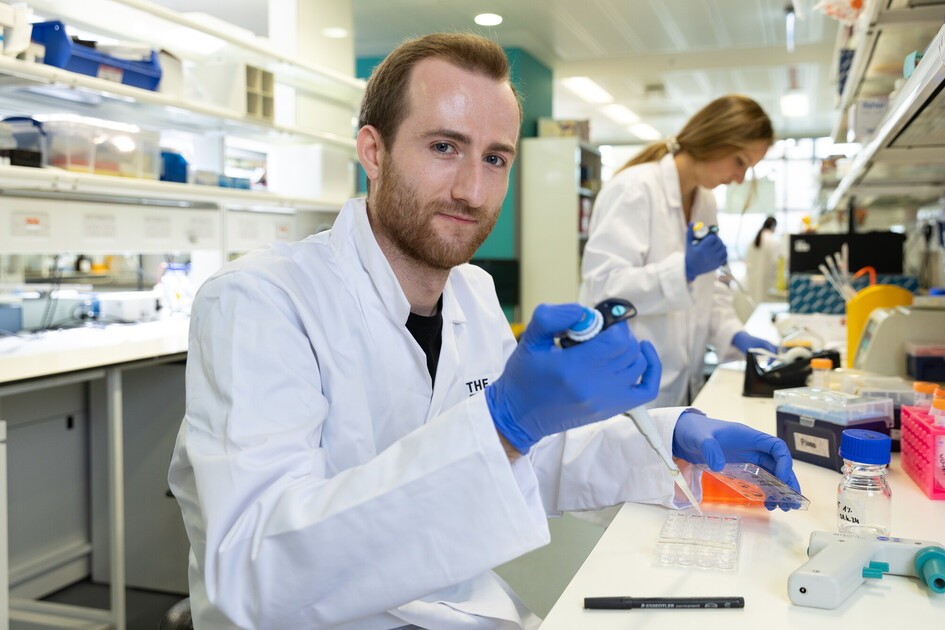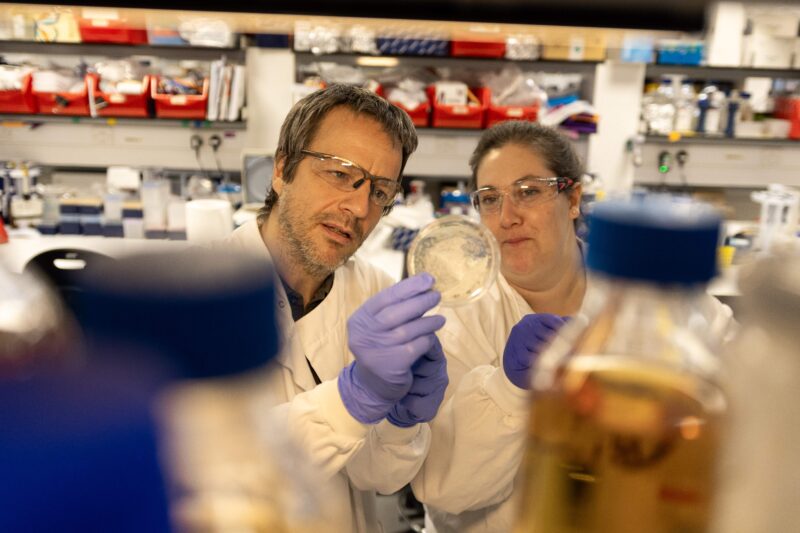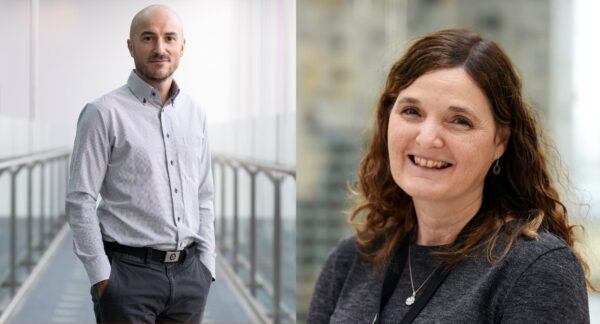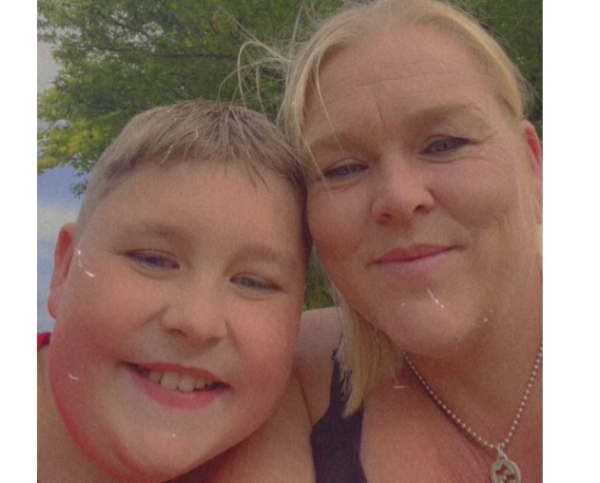Dr Daniel Moore, who recently completed his PhD funded by us, at University College London and the Francis Crick Institute, explains how his research has identified a potential gene therapy for laminopathies.
Identifying a potential gene therapy by growing 'mini muscles' in a dish

My PhD involved building models of muscles so that we can test different therapies for a group of muscular dystrophies called laminopathies. We focused on creating ‘mini muscles’ that behaved like muscles in people affected by laminopathies.
Laminopathies are diseases caused by genetic changes in a gene called LMNA, which makes proteins called nuclear lamins. When these proteins are changed, they lose their structural ability to support the nuclear envelope. This nuclear envelope supports the nucleus, which is the control centre of the cell. In people affected by these conditions we see changes to their nuclear shape within the muscle cells. This eventually leads to muscle cell death over time.
Finding treatments relies on being able to test how safe and effective they are
To find effective treatments, we need to be able to test these treatments and gather evidence that they have the potential to work in people. Models are helpful as they can mimic the condition, so we can see if treatments make a change. Animal models are normally used, but there are important differences in the genetics between human and mouse cells. What we see in mouse models isn’t always what happens in humans. Making mini muscles using human cells more accurately mimics what we see in people affected by laminopathies. We think this will improve how to identify the most promising treatments to take forward to the clinical trial stage.
Making mini muscles is a big project
The first step of creating mini muscles is to collect samples from people with laminopathies. A simple skin or blood sample can provide us with the cells we need. The collected cells can then be treated so they can change into other cell types, such as muscle cells, and grown to create the mini muscles.
The mini muscles are then put into an artificial muscle environment. Creating the push and pull that a muscle tissue, such as your bicep, would normally experience. Once grown, these mini muscles have the same changes seen in people with laminopathies, making them an ideal model to see if these changes can be corrected.
Using mini muscles to identify potential gene therapy
As laminopathies are genetic conditions, caused by changes in the LMNA gene, we decided to use gene therapy. Using a tool called CRISPR, which is sort of like a pair of molecular scissors, we can cut out the genetic change and replace it with the sequence seen in people who don’t have the condition.
When we tested the gene therapy in our mini muscles, we found that nuclear shapes were changed back to what you would see in a person not affected by laminopathies. This was encouraging and provides proof that this could be a potential strategy to slow disease progression. While testing directly on mini muscles gives us an idea if the therapy could work, we now need to make sure that the therapy can reach the muscle cells. We are trying to package the gene therapy into viruses. These viruses are not known to be harmful but can be used to carry the therapy to the muscle cells. This will provide further proof that this therapy has potential and should be developed further.
“This was encouraging and provides proof that this could be a potential strategy to slow disease progression.”
Impact for other muscle wasting conditions
Both the mini muscles and packaging of the CRISPR tools in viruses could be applied to a wide variety of conditions. For example, researchers working alongside me in Professor Tedesco’s lab are already using the mini muscle model for conditions like collagen VI muscular dystrophy and congenital myopathies.
The lessons learnt from this project will help shape both current and future research happening in our lab and others working on similar projects around the world.
Dr Moore is part of a team of researchers from University College London who were recently jointly awarded £1million as part of our partnership with LifeArc. The funding will help continue the development of the mini muscles and the potential treatment. Two other projects also received funding as part of this partnership, which focuses on developing new treatments for congenital muscular dystrophy.


